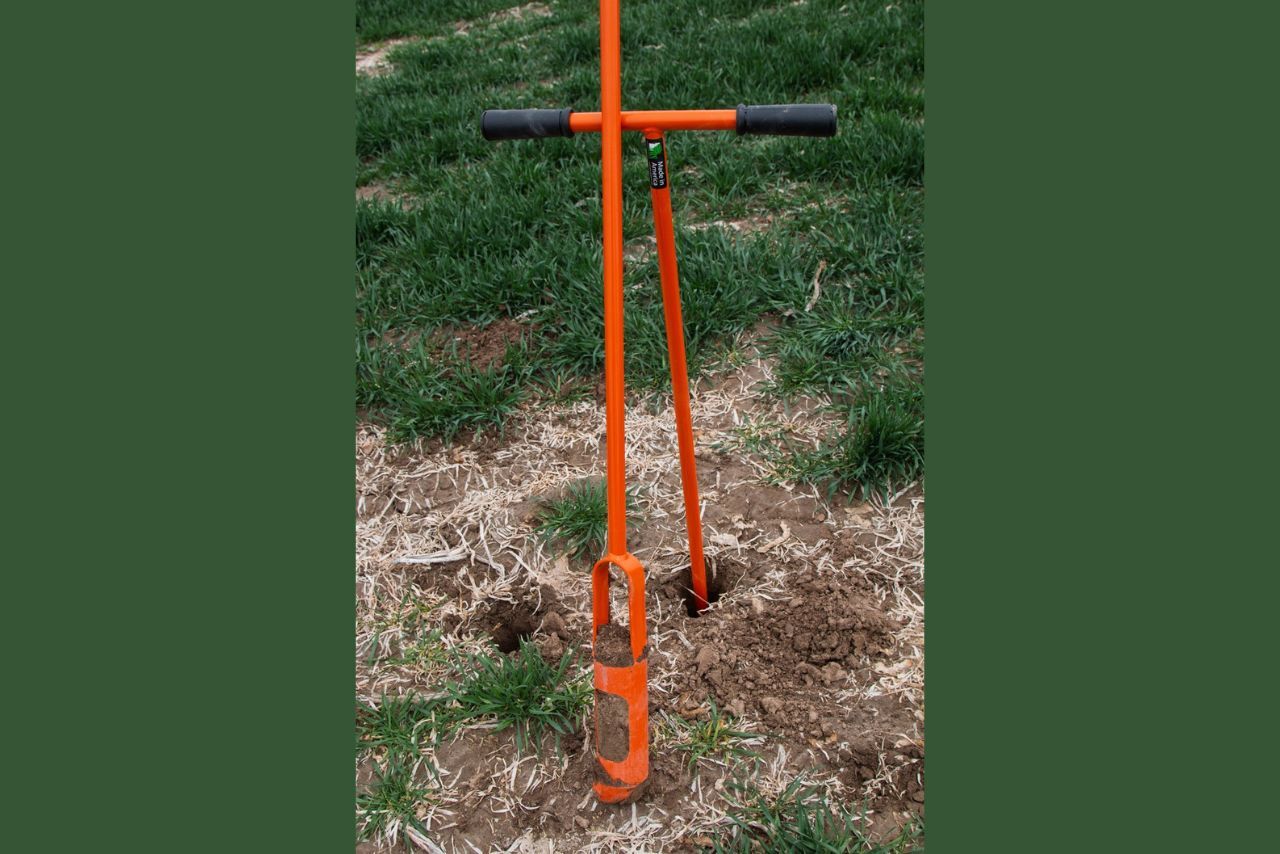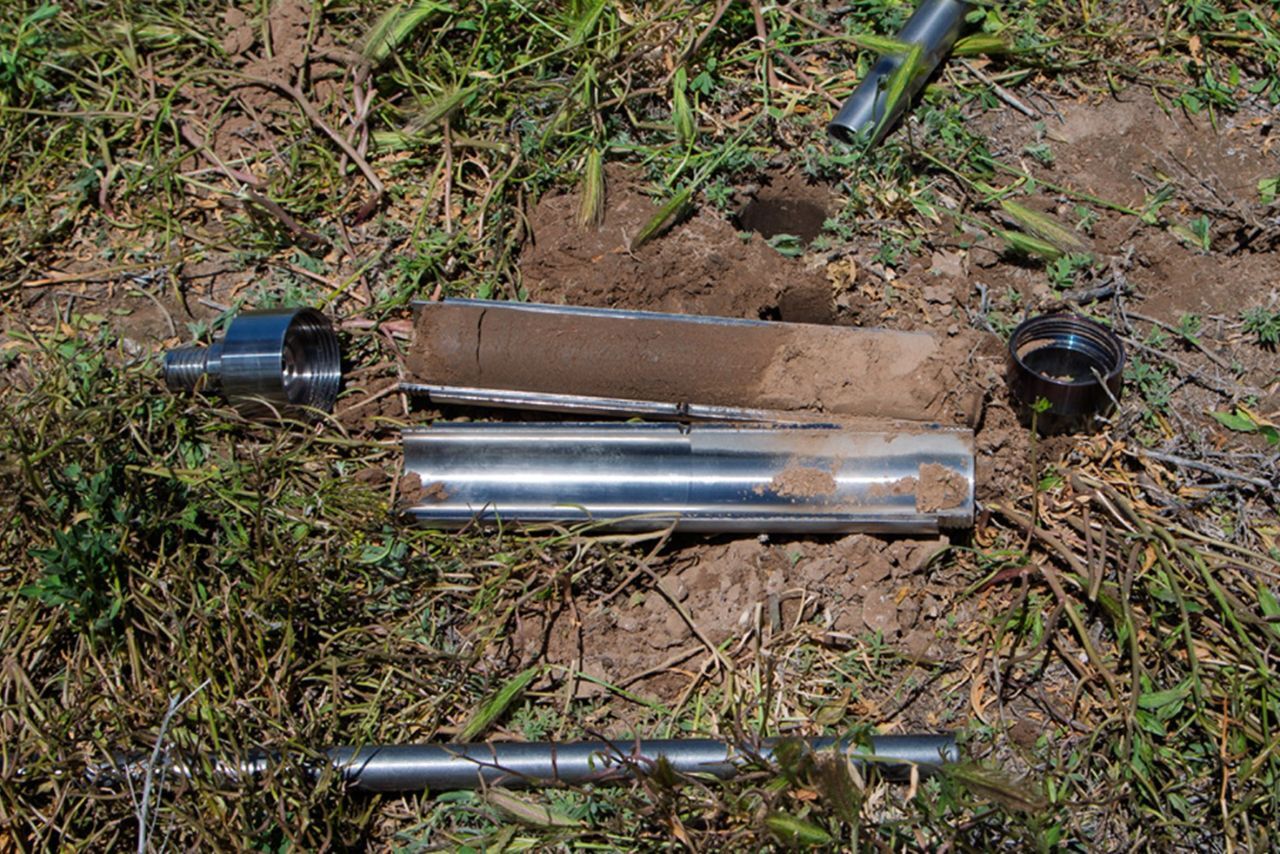Soil Sampling’s Impact on Climate Change Research
Soil is one of the most important resources on the planet, playing a critical role in agriculture, carbon storage, and water filtration. In the context of climate change, soil serves as both a source and a sink for greenhouse gases, making its study essential for understanding and mitigating global warming. Soil sampling provides researchers with valuable data on soil composition, health, and carbon content, offering insights that shape environmental strategies. This guide explores soil sampling’s impact on climate change research.
The Role of Soil in Carbon Sequestration
 Soil is a powerful carbon sink, storing more carbon than the atmosphere and vegetation combined. Through processes like plant decomposition and microbial activity, carbon is transferred into the soil and stored for centuries. Soil sampling helps researchers measure carbon levels, providing insights into how much carbon is being stored or released. This information is crucial for developing strategies to boost carbon sequestration and reduce greenhouse gas emissions. Understanding the soil’s carbon storage potential is a cornerstone of climate change mitigation efforts.
Soil is a powerful carbon sink, storing more carbon than the atmosphere and vegetation combined. Through processes like plant decomposition and microbial activity, carbon is transferred into the soil and stored for centuries. Soil sampling helps researchers measure carbon levels, providing insights into how much carbon is being stored or released. This information is crucial for developing strategies to boost carbon sequestration and reduce greenhouse gas emissions. Understanding the soil’s carbon storage potential is a cornerstone of climate change mitigation efforts.
Understanding Soil Health Through Sampling
Healthy soils support ecosystems, promote biodiversity, and regulate water cycles. Soil sampling evaluates key indicators of soil health, such as organic matter, pH levels, and nutrient levels. These metrics reveal how well soils can sustain vegetation and capture carbon. Degraded soils can lead to increased carbon emissions, while healthy soils can act as stable carbon sinks. Identifying areas of soil degradation through soil sampling aids in targeted restoration efforts, improving soil health and promoting climate resilience.
Tracking Soil Carbon Levels Over Time
Long-term soil sampling allows researchers to track changes in soil carbon levels over time. By collecting samples from the same locations over years or decades, scientists can determine whether carbon is accumulating or being lost. These trends provide critical data for climate models, helping to predict future carbon dynamics. Tracking soil carbon also assesses the success of land management practices, allowing adjustments to enhance carbon retention. Continuous sampling is crucial for understanding how human activities impact soil carbon storage in the long run.
Evaluating Land Use Changes
Land use changes, such as deforestation or agricultural expansion, significantly impact soil carbon dynamics. Soil sampling provides data on how these changes affect carbon storage capacity and greenhouse gas emissions. For example, converting forests to farmland typically reduces soil organic matter, releasing stored carbon into the atmosphere. Sampling helps quantify these impacts, offering insights into how land use decisions contribute to climate change. This information is essential for policymakers striving to balance development with environmental conservation.
Examining Soil’s Role in Methane Emissions
Methane is a potent greenhouse gas, and certain soil types, particularly wetlands, are significant sources of methane emissions. Soil sampling enables researchers to measure methane production and identify the conditions that drive these emissions. Factors such as soil moisture, temperature, and microbial activity all influence methane release. Understanding these dynamics helps develop strategies to manage methane emissions from soils, contributing to broader efforts to mitigate climate change.
Soil Sampling in Agricultural Practices
Agriculture plays a dual role in climate change, acting as both a source of emissions and a potential solution. Soil sampling helps optimize agricultural practices by providing data on soil fertility, nutrient levels, and carbon content. This information allows farmers to implement sustainable practices that improve soil health and enhance carbon sequestration. Methods like cover cropping, reduced tillage, and organic amendments can be optimized using sampling data, helping make agriculture more climate-friendly.
Monitoring the Effects of Drought
Drought significantly impacts soil, reducing its ability to store carbon and support vegetation. Soil sampling during and after drought events provides data on changes in moisture content, organic matter, and microbial activity. This information helps researchers understand how droughts influence carbon release and soil degradation. Identifying these effects helps develop strategies to protect soils from prolonged droughts, enhancing their resilience to climate variability.
Identifying Soil Erosion Hotspots
Soil erosion is a major environmental issue that contributes to carbon loss. Eroded soils often release stored carbon into the atmosphere, exacerbating climate change. Soil sampling identifies areas at high risk for erosion by analyzing soil texture, structure, and organic matter content. By pinpointing erosion hotspots, researchers and land managers can implement targeted interventions, such as reforestation or erosion control measures, to protect soils and reduce carbon emissions.
Soil Sampling for Reforestation Projects
Reforestation is a key strategy for combating climate change, and soil sampling plays an important role in its success. Sampling provides baseline data on soil conditions, helping guide the selection of tree species and planting strategies. Healthy soils promote tree growth and maximize carbon sequestration, making sampling an important part of planning effective reforestation efforts. Tracking soil changes over time also helps researchers assess the long-term impacts of reforestation on carbon storage and ecosystem health.
Soil Sampling and Biodiversity
Soil biodiversity is closely linked to climate resilience, as diverse microbial communities play a crucial role in carbon cycling and nutrient availability. Soil sampling helps assess microbial diversity and its connection to soil health. These insights reveal how biodiversity loss can affect carbon storage and greenhouse gas emissions. Protecting and enhancing soil biodiversity through informed management practices supports both climate mitigation and ecosystem stability.
Soil Sampling in Coastal Wetlands
Coastal wetlands, such as mangroves and salt marshes, are among the most effective ecosystems for carbon sequestration. Soil sampling in these areas measures carbon content and identifies factors that influence sequestration rates. Coastal soils are particularly vulnerable to sea level rise and human activities, making regular sampling essential for monitoring their health. Data from coastal wetlands helps guide conservation and restoration efforts, ensuring these critical ecosystems continue to act as carbon sinks.
Enhancing Climate Models With Soil Data
Accurate soil data is critical for improving climate models, which predict future changes in carbon dynamics and global temperatures. Soil sampling provides real-world measurements of carbon content, microbial activity, and other variables, that refine model accuracy. Refined models help scientists understand the complex interactions between soils and the atmosphere, offering valuable insights for climate policy and action.
Advancing Soil Sampling Tools for Research

Innovative soil sampling tools are transforming climate change research by improving data collection efficiency and accuracy. From manual to automated samplers, these tools allow researchers to gather high-resolution data on soil carbon and other properties. Advanced tools also improve data consistency, enabling more precise comparisons across regions and time periods. As soil sampling tools evolve, they play an increasingly important role in understanding and addressing the impacts of climate change.
Now that you know how soil sampling impacts climate change research, it’s clear that this practice is vital for understanding and mitigating environmental challenges. By prioritizing soil health and data-driven strategies, we can address the complexities of climate change with confidence and precision.
Recent Posts
-
Key Soil Health Indicators Revealed by Sampling
Soil health is a critical pillar of sustainable agriculture and ecosystem stability. A thorough unde …March 31, 2025 -
Common Geotechnical Tests for Foundation Design
Geotechnical engineers utilize a variety of tests to evaluate soil and rock properties, verifying th …March 28, 2025 -
Soil Sampling in Extreme Environments: Method and Tools
Soil sampling in extreme environments presents unique challenges that require specialized methods a …March 25, 2025




